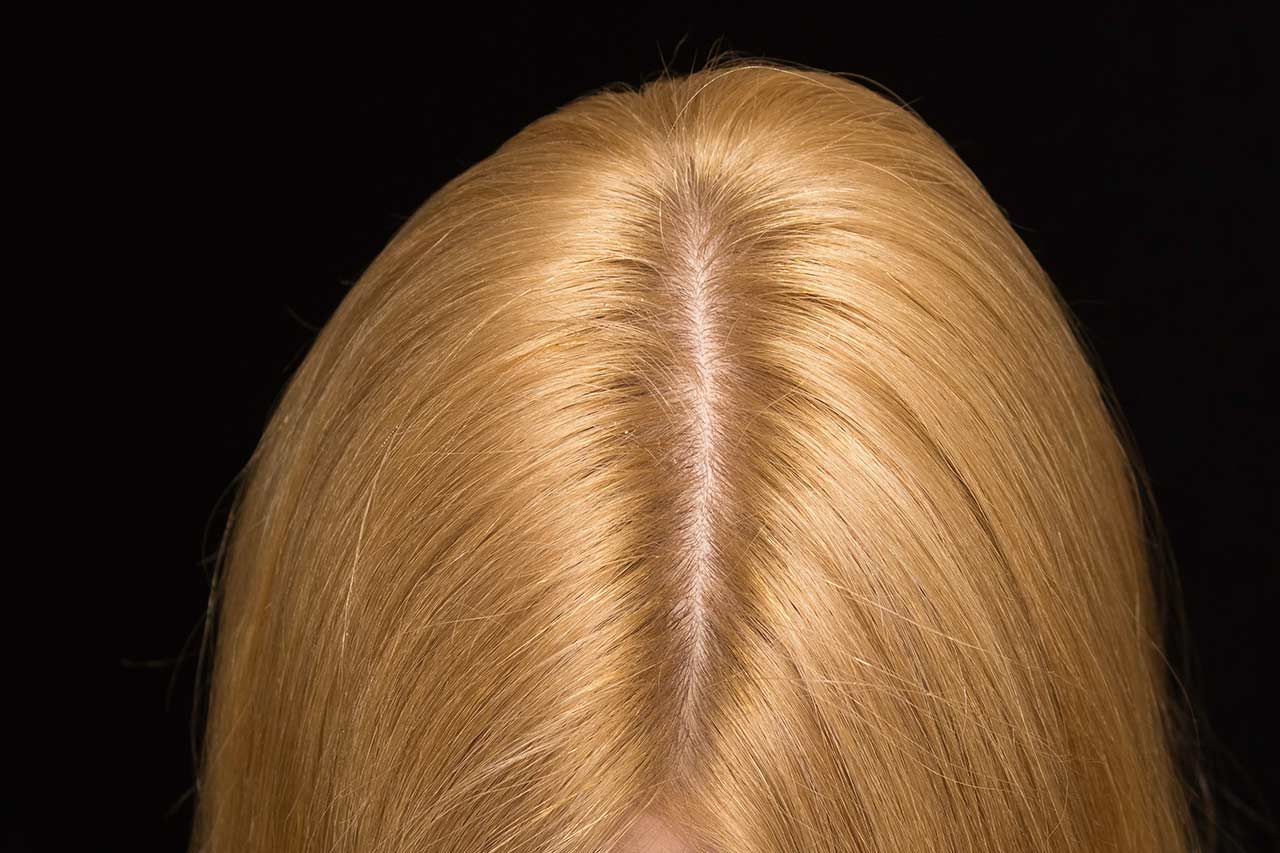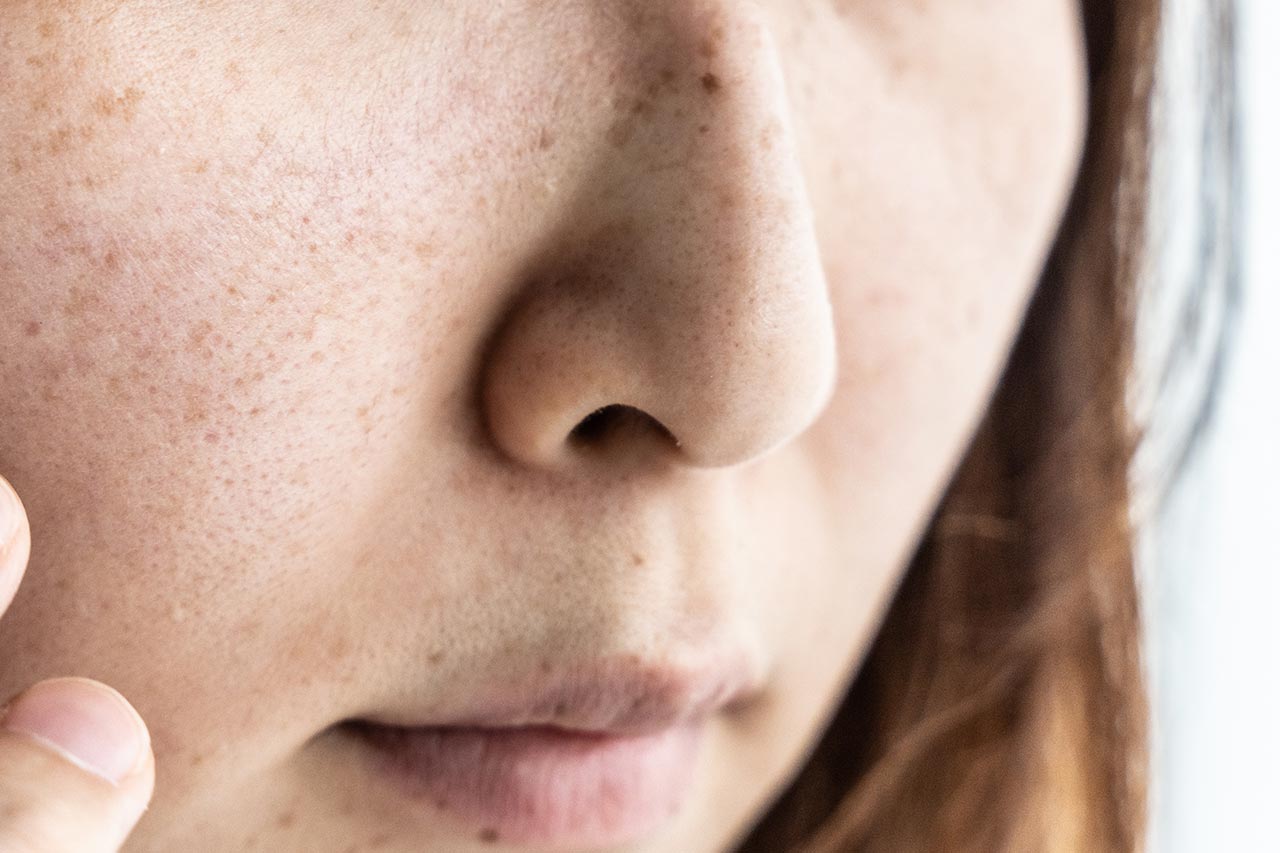Product’s efficacy is linked to the ability of the active ingredient to reach in a sufficient manner its targets. Indeed, active ingredients that could not penetrate in the right layers of skin or scalp could provide limited and temporary benefits. To counter those limited effects, several treatments that act as “penetration promoters” exist in the cosmetics and dermocosmetics industries, at the border of aesthetic medicine. In this article, our Cosmetics team comes back on the most common treatments that allow a better delivery of scalp care, from the less invasive to the most!
1. Non-invasive treatments to enhance the delivery of scalp care
While the delivery mechanism on the skin is very intricate, improving product delivery can start as easily as opening up pores and stimulate microcirculation.
Pore opening for scalp treatment
Warm steam generated through boilers can not only hydrate the skin but more importantly open up pores to prepare the skin for the application of different actives. The softening of sebum to facilitate cleansing and the soothing effect of this treatment are other aspects appreciated by both practitioners and consumers. The opposite treatment using cold steam to close the pores and lock in the nutrients and humidity is also widely applied.
Microcirculation stimulation for scalp treatment
Microcirculation designates blood streams within the tiniest blood vessels, carrying nutrients, oxygen and other essential elements. As part of the transdermal absorption mechanism highly leveraged for drug delivery, this approach improves absorption by driving the systemic distribution of actives. Easily achievable at home by massage (hand or device-assisted) and the popular phototherapy (especially using FIR or red-light spectrum), the treatment provides extra benefits of inflammation and puffiness reduction.
2. Minimally invasive treatments to enhance the delivery of cosmetic and dermocosmectic treatments
Minimally invasive delivery treatments facilitate the administration of actives with minimized trauma for a minimal recovery time. Depending on the consumer, numbing medication or cooling treatments can be applied to limit discomfort related to the treatment.
Two needle treatments have established their position in skin and scalp care through the popularization of both beauty clinics and home devices:
- Micro-needling, involving a rolling or pen-like device with multiple needles (0.1 – 0.25mm in diameter) over the face, causes small puncture marks to the skin. This creates micro-injuries triggering natural healing cascades resulting in the release of various growth factors to promote new collagen and elastin production, which are the building blocks of healthy skin. In most cases, the treatment is also used to aid with transdermal delivery of therapeutic medications.
- Mesotherapy, involving the injection of a bespoke cocktail of ingredients into the lower layers of the skin using a meso device with one needle. This helps the direct delivery of a large panel of ingredients including enzymes (i.e. collagenase, hyaluronidase), herbal extracts and vitamins and minerals to the skin mesoderm.
3. Invasive treatments to enhance the delivery of scalp care
Depending on the stability (nature) of the actives, sometimes only invasive treatment can help ensure the delivery of actives in time and at the right layer of the skin. These typology of treatments go beyond cosmetics but are considered to be reference regarding their performance.
One representative example of how invasive and “invasive treatment” can be is the Platelet-Rich Plasma (PRP) treatment. This treatment has been increasingly used and reached its peak right before the COVID-19 pandemic. Its principle is to inject freshly separated platelets plasma from the blood into specific body locations. This injection enhances healing effects due to the growth factors released after the breakdown of the platelets.
Understandably, one key area of innovation for the cosmetic/dermocosmetic industry would be to reach invasive treatments’ level of delivery enhancements without the high invasiveness level. Multiple innovations can be imagined in that regard, such as needle-free injection devices or carrier ingredients that would promote the active ingredients penetration into to the right skin and scalp layers.
About the author
Ardem, Project Manager at the Cosmetic’s Alcimed Office in France



